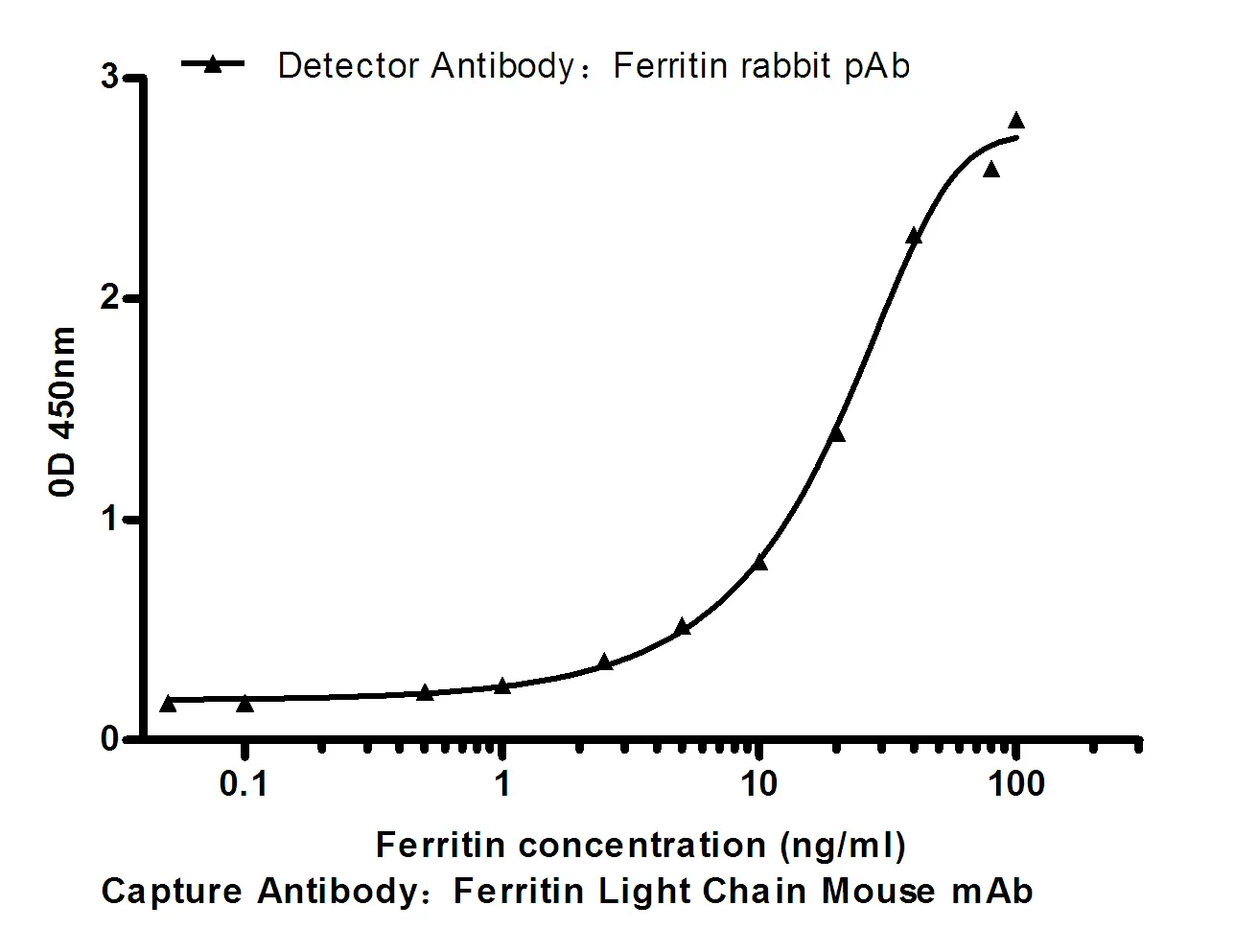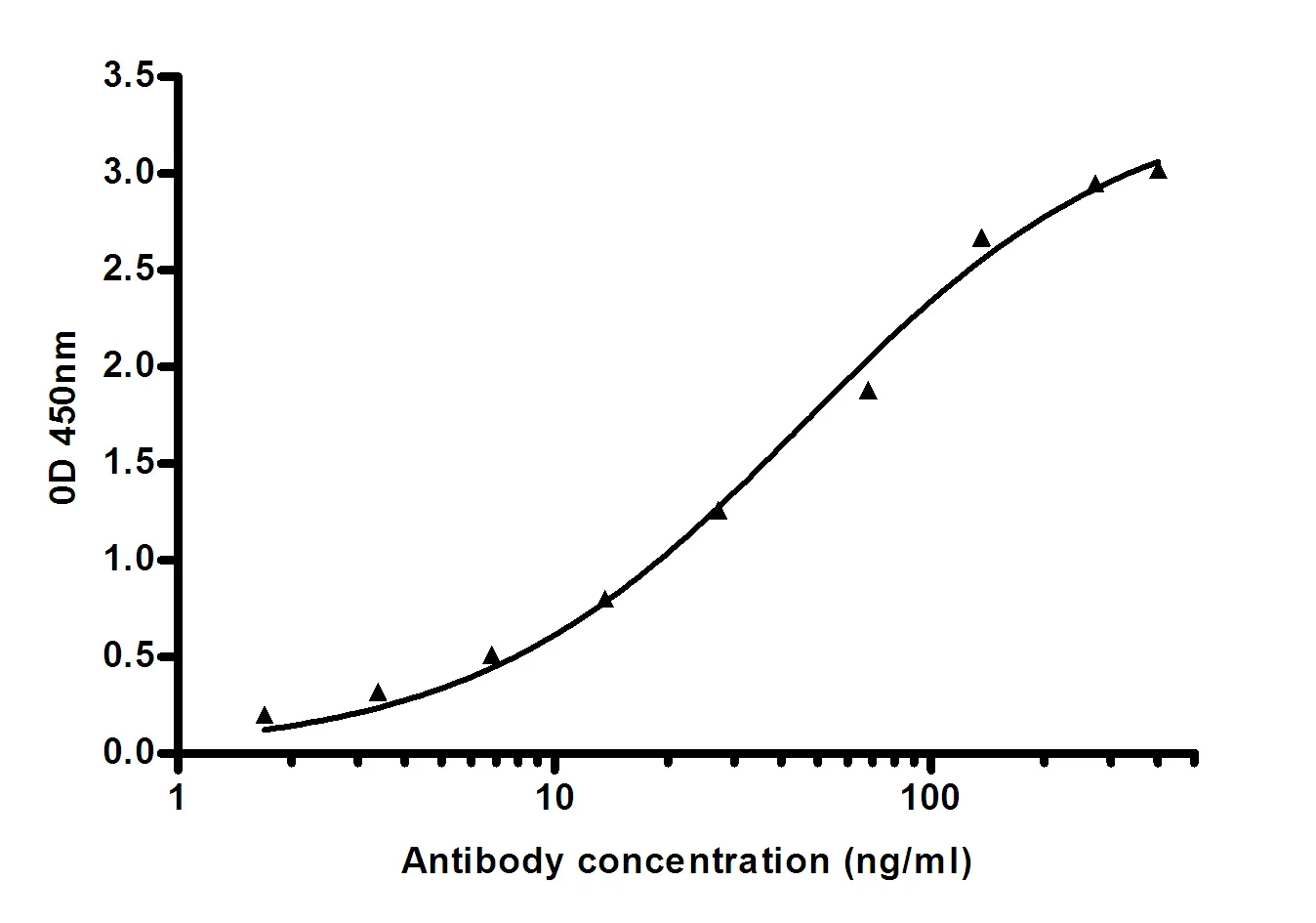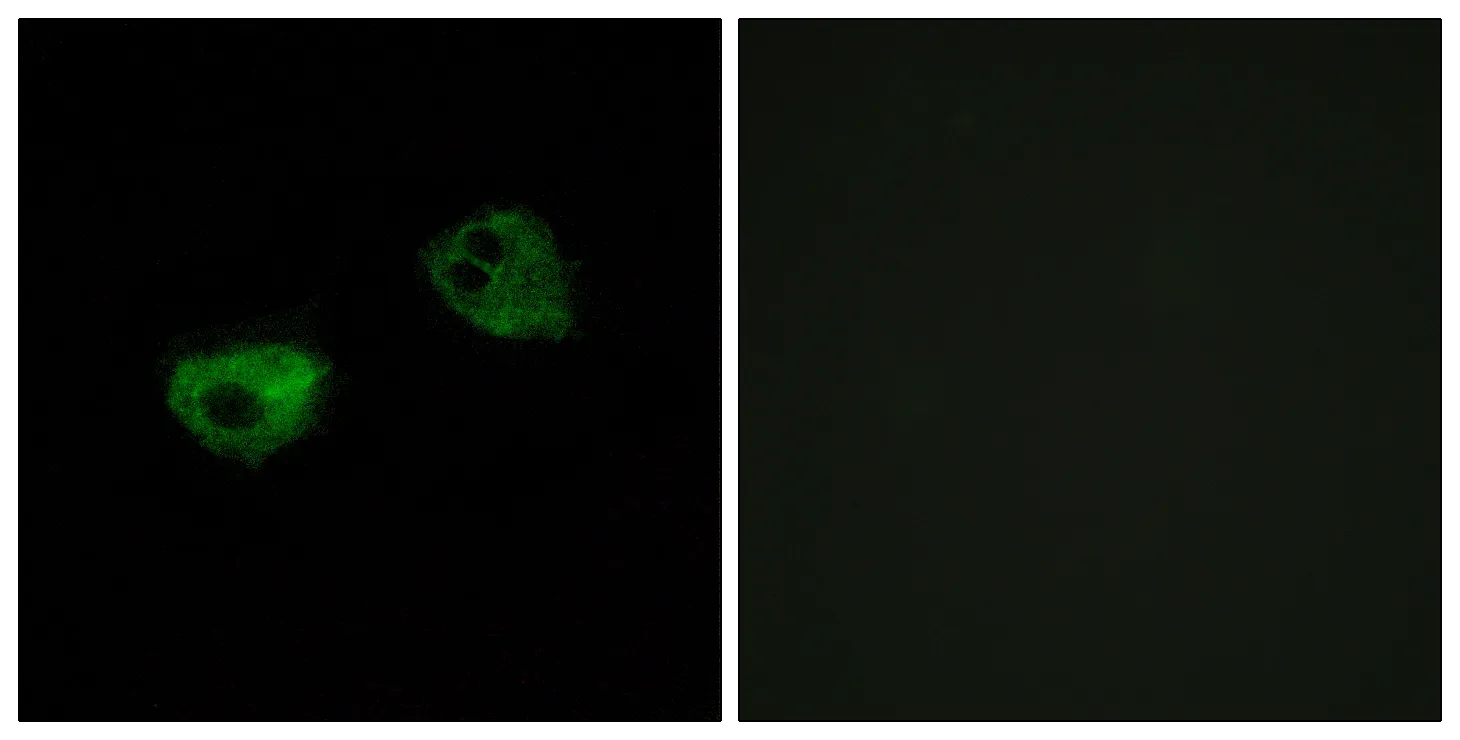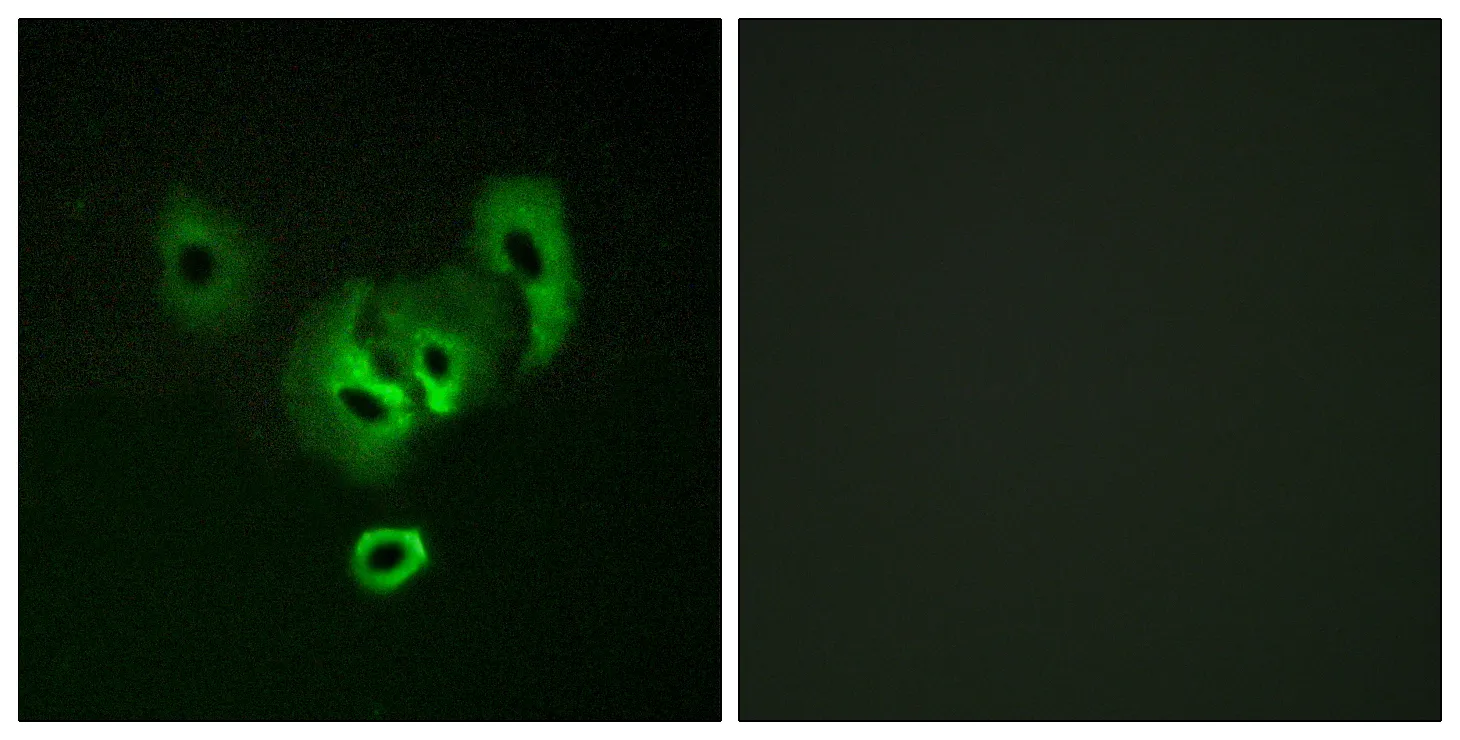Summary
Performance
Immunogen
Application
Background
This gene is a member of the apolipoprotein L gene family, and it is present in a cluster with other family members on chromosome 22. The encoded protein is found in the cytoplasm, where it may affect the movement of lipids, including cholesterol, and/or allow the binding of lipids to organelles. In addition, expression of this gene is up-regulated by tumor necrosis factor-alpha in endothelial cells lining the normal and atherosclerotic iliac artery and aorta. Alternative splicing results in multiple transcript variants. [provided by RefSeq, Mar 2015],function:May affect the movement of lipids in the cytoplasm or allow the binding of lipids to organelles.,induction:In vitro, is responsive to tumor necrosis factor.,similarity:Belongs to the apolipoprotein L family.,tissue specificity:Widely expressed; the highest levels are in prostate, lung and placenta; also detected in kidney, bone marrow, spleen, thymus, spinal cord, adrenal gland, salivary gland, trachea and mammary gland; levels are low in brain, heart, fetal liver, pancreas and testis.,






